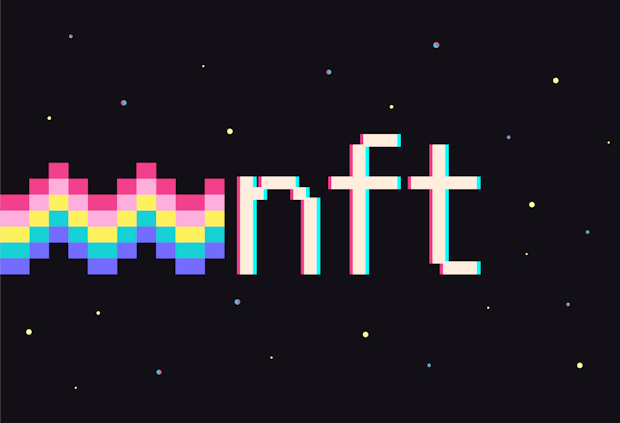Indian Market Witnesses An NFT Boom

Indian Market Witnesses An NFT Boom
Indian Market Witnesses An NFT Boom
Amitabh Bachchan, recently, was in news for being the first Indian superstar to roll out a collection of NFTs through BeyondLife.club. Jack Dorsey sold his first-ever tweet for $2.9 million by autographing the digital image and turning it into an NFT. A 12-year-old coder sold pixelated weird whales as NFTs and made over $400,000. Artists are selling their art as NFTs, musicians are selling their music. According to Reuters, the NFT sale volume surged to $2.5 billion just in the first half of 2021, and the volume of NFTs traded in the market saw a 43% hike from April to June. So, NFTs are hot property right now. But what exactly are they?
Understanding NFTs
Non-fungible tokens, where “non-fungible” simply means it’s unique. They are digital art or modern-day collectibles that can’t be replaced. When they are exchanged, you get something different. Think of it this way. If you and your friend have a bitcoin each, you can exchange it without losing any value. There’s no difference between the two coins. If you exchanged Edward Hopper’s Nighthawks with Andy Warhol’s Marilyn diptych, you will still have valuable art, but definitely not the same thing. Because each art piece is unique or non-fungible.
How do they work?
NFTs are a unique digital asset, mostly a part of the Ethereum blockchain. They are also supported by other blockchains, such as Tezos and Flow. They are linked to the ownership of one-of-a-kind digital or physical goods like real estate, music, artwork, or even cinema. What makes them different from regular crypto coins is the extra information they carry. They can be sold and purchased online. The trade includes digital evidence of ownership of any item.
Since NFTs, much like cryptocurrency, are recorded on a blockchain, this ensures the unique nature of the asset and checks for duplicity. Their ownership can be easily traced and verified, while the owner of the token can choose anonymity. However, a minor caveat, some NFTs don’t come with copyrights or licensing rights.
NFTs in India
India is witnessing a serious interest in the digital art space with many artists, like Nucleya, Ritwiz, the band Euphoria, poet Priya Malik, are selling their art as NFTs.
WazirX, India’s largest cryptocurrency trading platform, was the first to launch the NFT marketplace in India. It sold over 160 pieces of digital art a mere month after launching its NFT marketplace. WazirX’s NFT marketplace opened in June and they already have serious competition from places like BeyondLife.club, Polygon-backed NFTically, Wall.app, Terrain.art, and OKEx’s DeFi Hub.
NFT marketplace innovation
WazirX has been allowing users to auction, sell, and buy through its marketplace. But NFTically along with this, also offers software-as-a-service(SaaS) products, allowing anyone to create their own NFT marketplace. This gives artists a whole different level of autonomy. Artists have to pay NFTically to access their SaaS platform, but there are no commissions on auctions involved.
Wall is trying to build its own social media platform hinged on NFTs. The company is inviting artists and creators to not just share art on their platform but to build a community.
While international platforms such as OpenSea require a gas fee between $100-$150, WazirX only charges $1. They have done this by using the Binance Smart Chain, which has an extremely low fee.
Has anyone in India sold an NFT?
Too many have. Canada-based Tamil musician Kaber Vasuki sold an unreleased demo of his track ‘Vasanam’ on OpenSea for 50 ETH, which is roughly Rs 1.5 crore. Kanthraj N, a Bangalore-based watercolor artist, auctioned 12 of his original award-winning paintings on the RubiX marketplace. This was the first physically linked NFT auction of his art “My Life’s Work”.
Why would you buy an NFT?
It’s not a bad question. This art — painting, music, someone famous’ tweet — is all digital. Its copies will land on the free internet and you will download them for free. It’s how digital content works, right? But here’s the thing, you can get copies of the Mona Lisa too in the market. And she looks the same as the original, however, she isn’t the real deal. Ownership of the original digital art, even fractions of it, is what makes the entire process satisfying. And you get to support an artist.
They also have the potential to transform the art industry by putting control in the hand of the artist. Their method is rewarding. An artist gets to sell art through royalty payments. What’s more, it is easy to sell and buy art in the growing marketplaces, you just have to create an account, pay the minimum fee, and you are in. In a nutshell, NFTs could be the future of art and ownership.



